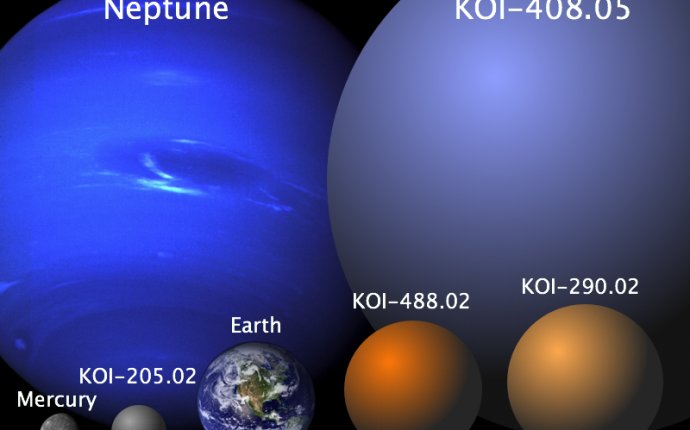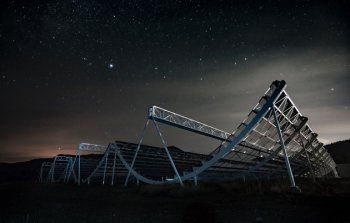
Astronomy New
 Andre Renard/Dunlap Institute/CHIME
Andre Renard/Dunlap Institute/CHIME
The CHIME radio observatory in Canada will start looking for fast radio bursts this year.
One of the most perplexing phenomena in astronomy has come of age. The fleeting blasts of energetic cosmic radiation of unknown cause, now known as fast radio bursts (FRBs), were first detected a decade ago. At the time, many astronomers dismissed the seemingly random blasts as little more than glitches. And although key facts, such as what causes them, are still largely a mystery, FRBs are now accepted as a genuine class of celestial signal and have spawned a field of their own.
The passage was marked this month by the first major meeting on FRBs, held in Aspen, Colorado, on 12–17 February. As well as celebrating a fleet of searches for the signals, the meeting’s 80 delegates grappled with how best to design those hunts and pin down the signals’ origins and precise distances. The trajectory mirrors that of astronomers 20 years ago when they were getting to grips with γ-ray bursts, which are now a staple of astronomical observation, says Bing Zhang, a theoretical astrophysicist at the University of Nevada, Las Vegas.
“The meeting has really focused the field a lot, ” says Sarah Burke Spolaor, an astronomer at West Virginia University in Morgantown. Debates continue over how to root out detection bias and coordinate observations and on what can be learnt by studying patterns in the existing FRB population.
A discovery last year caused further excitement. Astronomers reported that they had found a repeating FRB — a surprise, because all the other signals had been one-off blips. And in January this year, its origin was identified: a faint, distant dwarf galaxy around 780 megaparsecs (2.5 billion light years) away, in a star-forming region that also hums with a steady radio source.
The repeater has gone some way to focusing the FRB field, says Edo Berger, an astronomer at Harvard University in Cambridge, Massachusetts. Astronomers have now observed nearly 200 signals from it; details of 20 have been published. It bolsters the hypothesis that the signals are extragalactic, something most FRB researchers now agree on, and its location is reshaping theories about possible causes.











